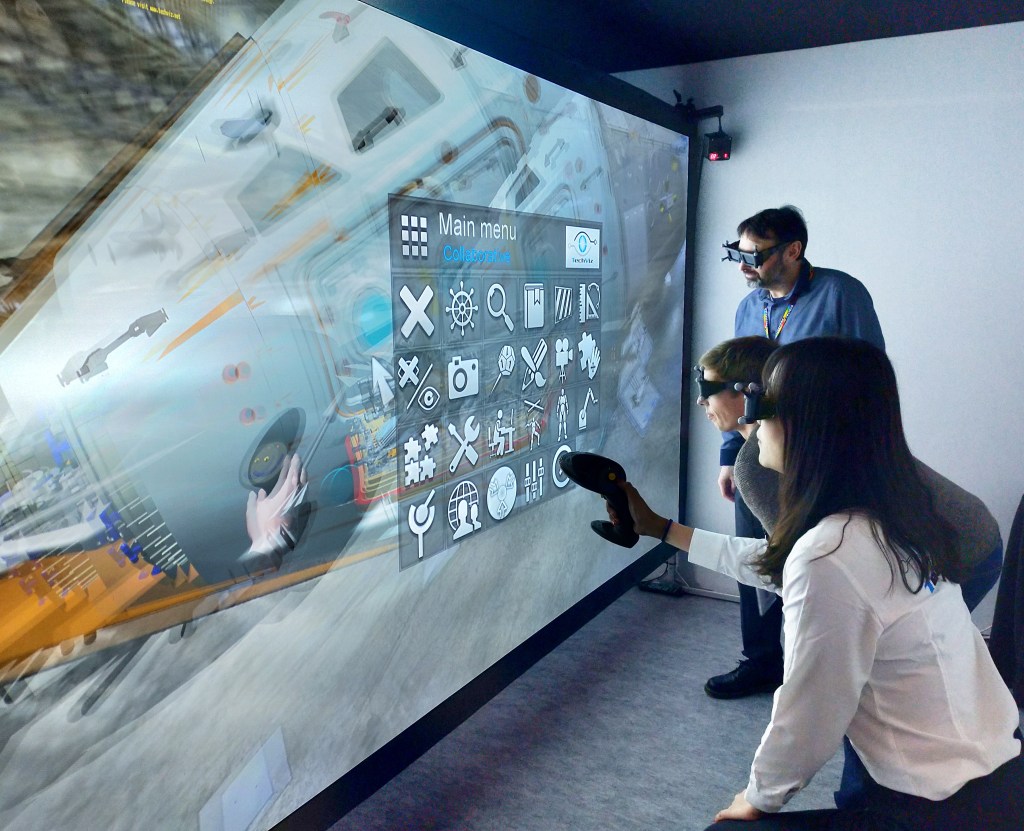


Immeuble ATRIUM
6 Avenue du Marais
CS 20253
95105 Argenteuil Cedex
France
Tel: +33 139962240
Mail:
info.fr@steantycip.com
The Hub Twyford Mill Estate
Adderbury Oxfordshire
OX17 3SX
UK
Tel: +44 (0)1869 343033
Mail: info.uk@steantycip.com
